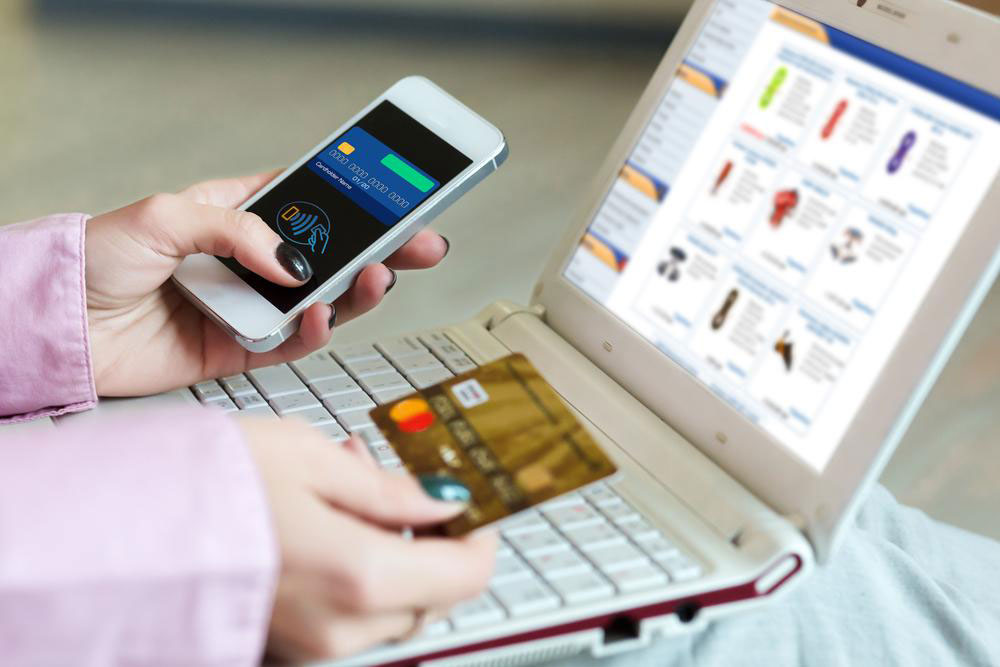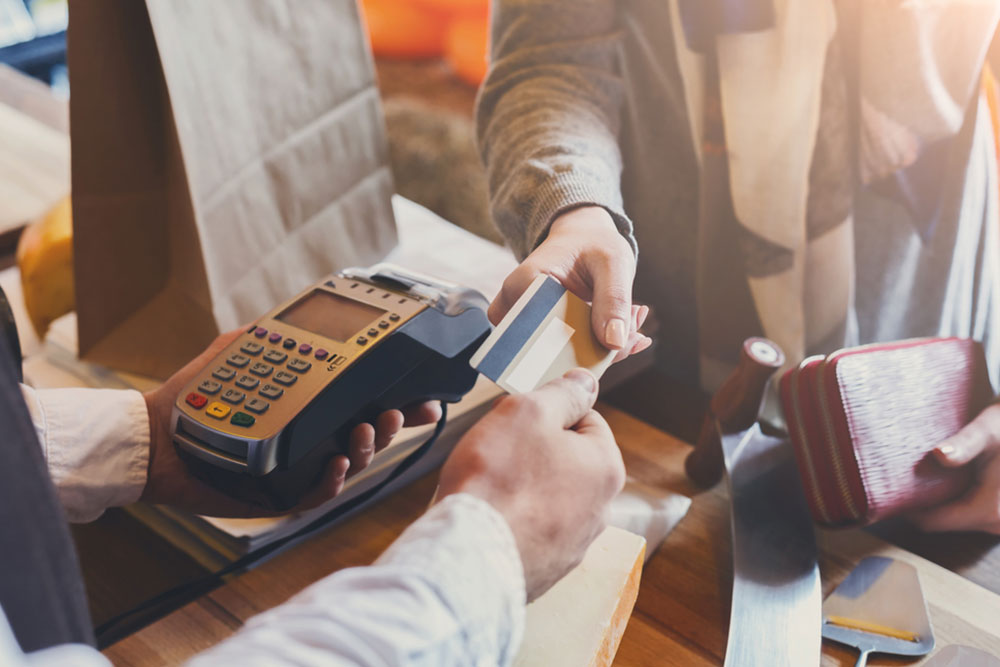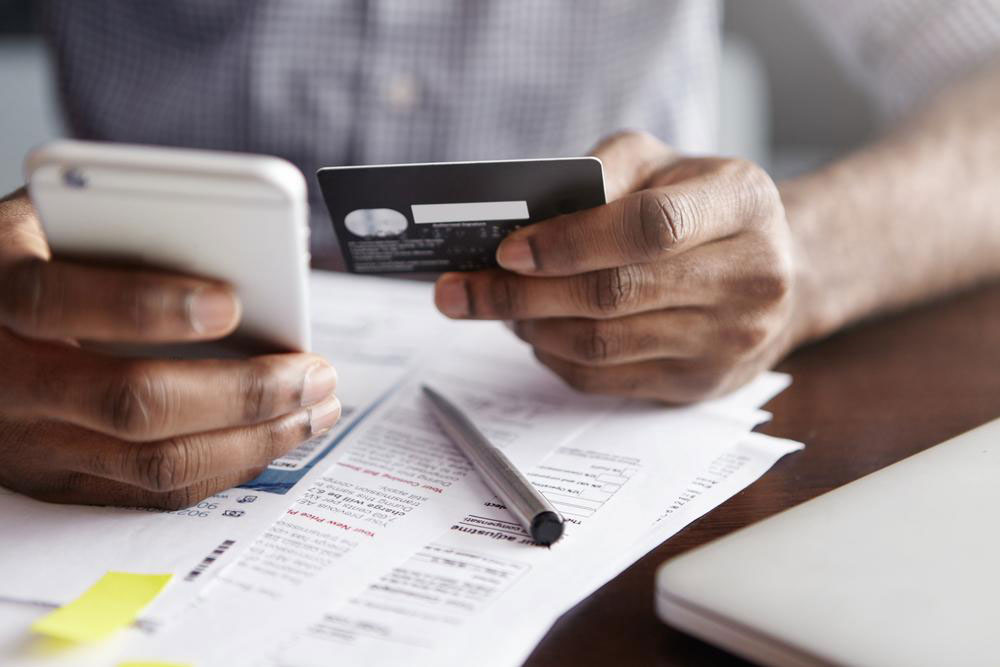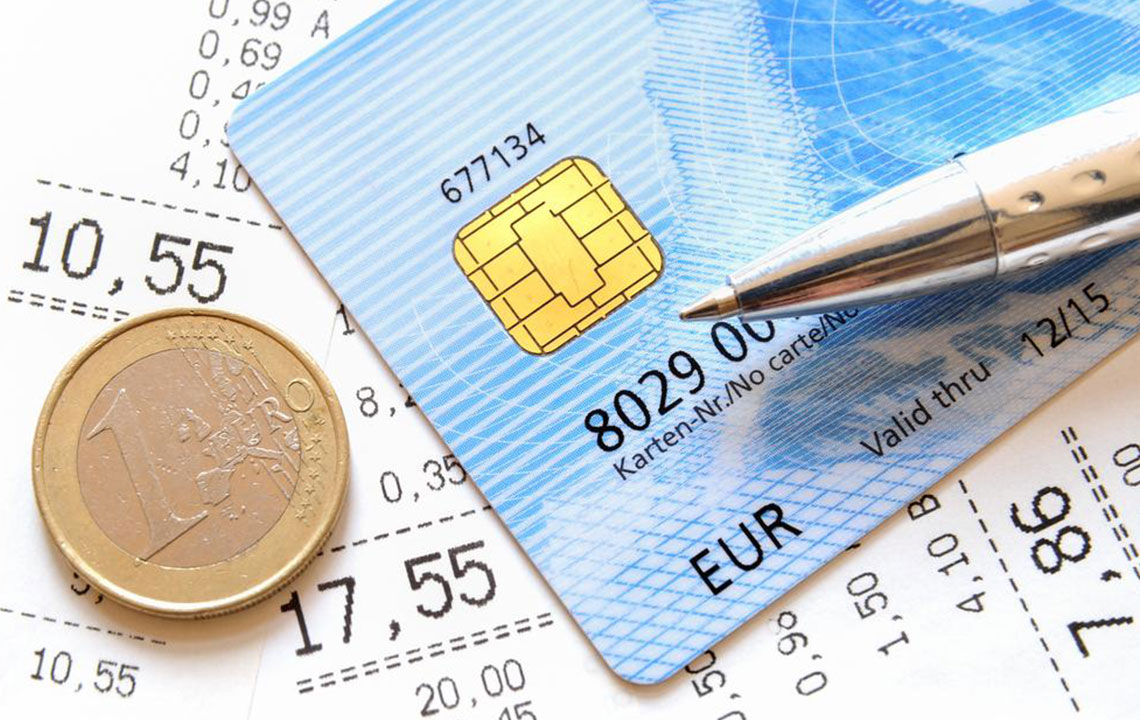A Guide to the Progression of Mobile Payment Technologies
Over the past decade, mobile payment methods have evolved rapidly, transforming from simple NFC solutions to comprehensive digital banking platforms. Innovations like M-Pesa and Apple Pay have made transactions more convenient worldwide. The industry continues to grow with new apps and technologies such as QR codes and Bluetooth-based payments. Mobile payments are now an integral part of daily life, offering ease and efficiency in financial management. This guide explores the key milestones and future prospects of mobile payment advancements, highlighting their impact on banking and consumer habits.

The Progression of Mobile Payment Technologies
Over the past decade, the landscape of mobile payments has experienced remarkable growth and innovation. From small transactions like utility bills to large purchases such as household appliances, mobile payments have significantly enhanced convenience. This transformation began with the advent of NFC (near-field communication) technology and the success stories of platforms like M-Pesa in Africa and Asia.
However, this is just the beginning. New technological advancements continue to reshape the mobile payment industry, driven by widespread smartphone adoption and internet development.
The expansion of mobile payment methods accelerated after M-Pesa’s success, a joint effort by Safaricom and Vodacom.
Following M-Pesa’s success in Africa and Asia, Apple Pay gained significant popularity, alongside services like PayPal.
Numerous apps utilize Bluetooth and QR codes to facilitate seamless mobile payments.
Platforms such as MobiKwik and Vodafone’s M-Pesa aim to simplify financial transactions through mobile solutions, making investments in these technologies highly viable.
Smartphones now serve as virtual banks, eliminating the need for formal banking processes for everyday transactions.
Decades ago, phones were solely communication devices; today, they have become essential for banking, shopping, and daily financial management.
Examining PayPal's entry into Germany’s mobile payments in 2007 offers insight into the rapid evolution of this sector.
While mobile payments have increased technological literacy, they have also contributed to a more sedentary lifestyle and reduced personal interaction.
In these ten years, countless innovations have emerged in mobile payment technology, making it a promising area for long-term investment.










